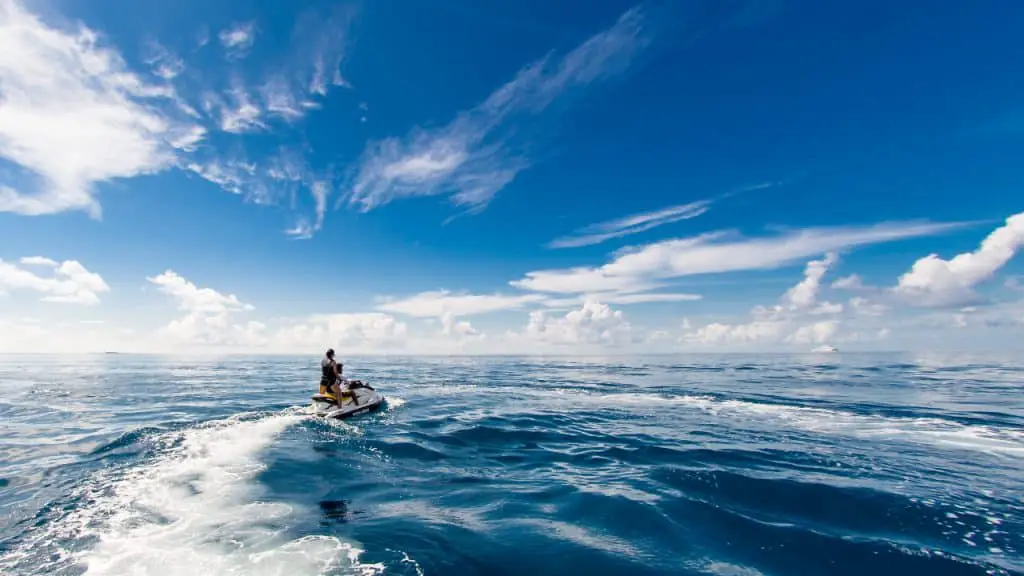You’ve probably head of people dying of carbon monoxide poisoning by sitting too long in a car. This silent killer takes some 430 lives and causes 50,000 hospital visits annually. But while you might think it’s isolated to cars, it can also happen on a boat.
Although majority of your boat might be entirely exposed to clean, fresh air, there are areas that might be more prone to carbon monoxide build-up. So where would a boat produce the highest concentration of carbon monoxide? Knowing these places on your boat should help you avoid poisoning and curb the need for a visit to the emergency room.
Where is the Highest Carbon Monoxide Concentration on a Boat?
According to the Boat Ed quizlet, the part of the boat with the highest concentration of carbon monoxide would be the areas closest to the engine, or the exhaust outlets.
That is because these parts of the boat are typically contained, which allows the carbon monoxide byproduct to build-up without a proper ventilation system for release.
What is Carbon Monoxide?
Carbon monoxide is a colorless gas that comes as a byproduct of the incomplete combustion of fuel. It’s completely odorless, so you can’t really detect it in the air by smelling or sniffing it. And that’s what makes it so deadly - because you can’t tell when there’s too much in the area.
When you inhale too much of these combustion fumes, it replaces the oxygen in your blood cells. This means that your tissues and organs don’t receive the oxygen they need. In effect, it’s carbon monoxide is kind of like suffocating without knowing it.
Why is Carbon Monoxide Poisoning Dangerous on Boats?
It’s no secret that carbon monoxide poisoning can be dangerous. But the conditions on a boat might make it a little more risky than anywhere else. For starters, carbon monoxide poisoning can severely impair your decision making skills. If you’re the captain of your personal watercraft, then carbon monoxide puts both you and those around you at a greater risk of accidents.
Other than that, carbon monoxide poisoning on a boat can be a lot harder to detect. The symptoms of the poisoning include dizziness, headaches, weakness, irritated eyes, and nausea. That’s why it’s often confused with feeling like you're dying from seasickness which people treat by simply sitting stationary (see the ways to prevent and get rid of seasickness). It also mimics intoxication, which might occur during a boat party.
How to Protect Against Carbon Monoxide Poisoning When Boating
Carbon monoxide build-up is a serious problem. So it’s important that you do what you can to prevent the problem and mitigate the risk of the serious health problems it might cause. Here’s how to prevent carbon monoxide poisoning on a boat:
Carbon Monoxide Poisoning Prevention
It can be scary to be the victim of carbon monoxide poisoning. Try these techniques to prevent it from happening when you decide to go out for a day of boating:
A Serious Health Risk
Not a lot of people know where would a boat produce the highest concentration of carbon monoxide. But since they are fumes, you can expect the most carbon monoxide near the exhaust and the engine.
There are serious risks to inhaling too much carbon monoxide, and because it looks a lot like seasickness, it pays to be extra vigilant. Keep this information in mind the next time you set sail to keep all of your passengers safe and to avoid an unplanned trip to the hospital.






